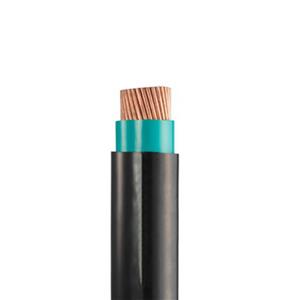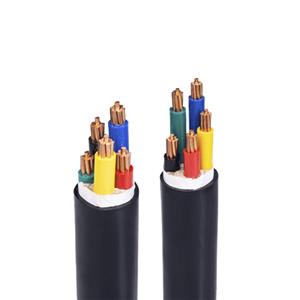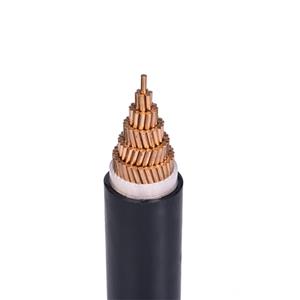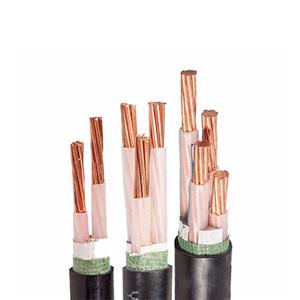Differences between fire-resistant cables and ordinary cables
Cables are a crucial line of defense for ensuring electrical safety in our lives. Among the many types of cables, fire-resistant cables and ordinary cables are the most common. Today, wire and cable manufacturers will take a closer look at the differences between them.
Fire-resistant cables and ordinary cables appear identical in appearance. Both are covered in a sheath, housing the conductors that transmit electrical energy. This makes them difficult to distinguish from the outside. Fire-resistant cables often have special markings, while ordinary cables typically only have the standard model, specification, and manufacturer information on the outer sheath, without these special fire-resistant markings. Beyond markings, their structural details also differ. In addition to the basic structure of ordinary cables—conductors, insulation, and outer sheaths—fire-resistant cables also feature a fire-resistant layer and fire-resistant tape. The fire-resistant layer is typically made of inorganic mineral materials, such as magnesium oxide and mica tape. These materials are highly effective at preventing fires, effectively blocking flames. In comparison, ordinary cables have a much simpler structure, consisting solely of a conductor, insulation, filler, and outer sheath, without these specialized fire-resistant features.
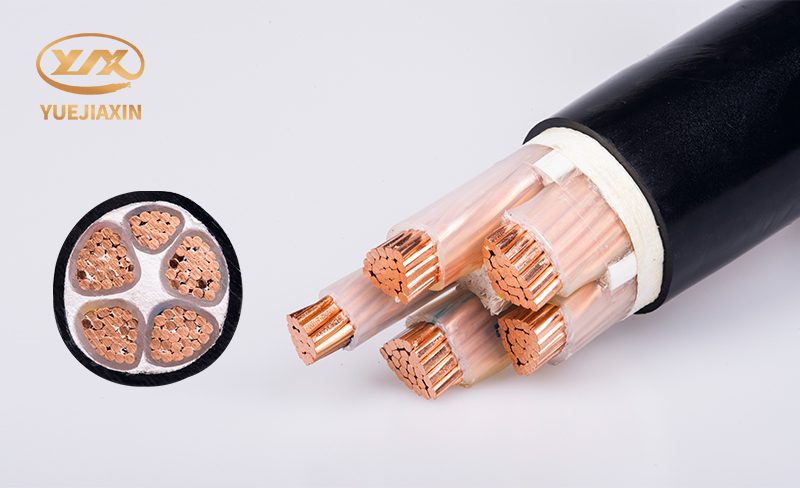
The basic structure of a standard cable consists of a conductor, insulation, filler, and outer sheath. The conductor, typically made of metals such as copper or aluminum, carries the heavy responsibility of conducting current, ensuring its rapid flow. The insulation, typically made of materials such as polyethylene and polyvinyl chloride, tightly surrounds the conductor. Its primary function is to prevent current leakage, ensuring the smooth flow of current within the conductor and ensuring electrical safety. The filler, typically made of fibers or plastic strips, is placed between the insulating cores to maintain the cable's roundness, prevent moisture intrusion, and provide additional mechanical protection. The outer sheath, made of materials such as polyethylene and polyvinyl chloride, protects the cable's internal structure from physical damage and chemical corrosion. Fire-resistant cables are considered a "luxury upgrade" in the cable industry. To ensure they can withstand fires, they incorporate numerous special features over standard cables. In addition to the basic structure of standard cables, they feature a fire-resistant layer and fire-resistant strip. The fire-resistant layer is made of inorganic mineral materials such as mica tape. When a fire occurs and the surrounding temperature rises sharply, they can form a solid "firewall" to effectively block the high temperature of the flame from transmitting into the interior of the cable, so that the conductor and insulation layer inside the cable are not directly burned by the flame, thereby maintaining the normal operation of the cable.
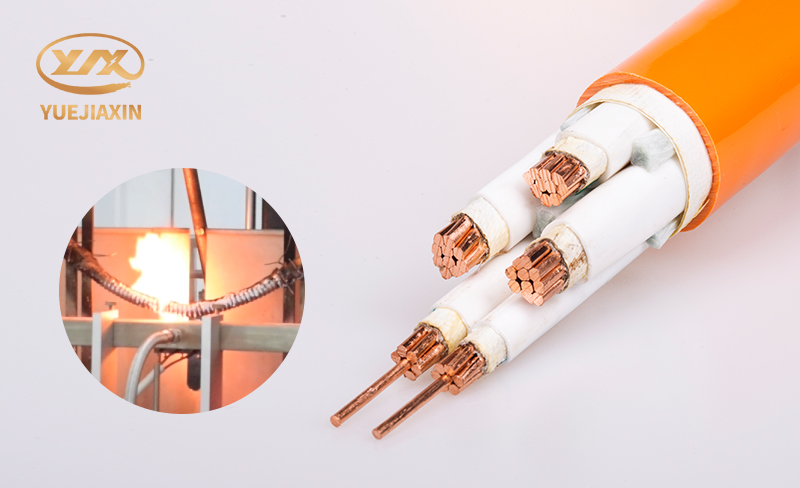
As the saying goes, "You get what you pay for." The price difference between fire-resistant cables and conventional cables also reflects the differences in their performance and value. Due to the use of special materials and complex manufacturing processes, fire-resistant cables are generally significantly more expensive than conventional cables. This price difference is primarily due to the cost of specialized refractory materials, such as mica tape, which is relatively expensive, as well as the stricter process and equipment requirements during the manufacturing process to ensure fire resistance, which leads to increased production costs. Conventional cables, due to their simple structure and common materials, have a clear cost advantage when meeting general power needs.
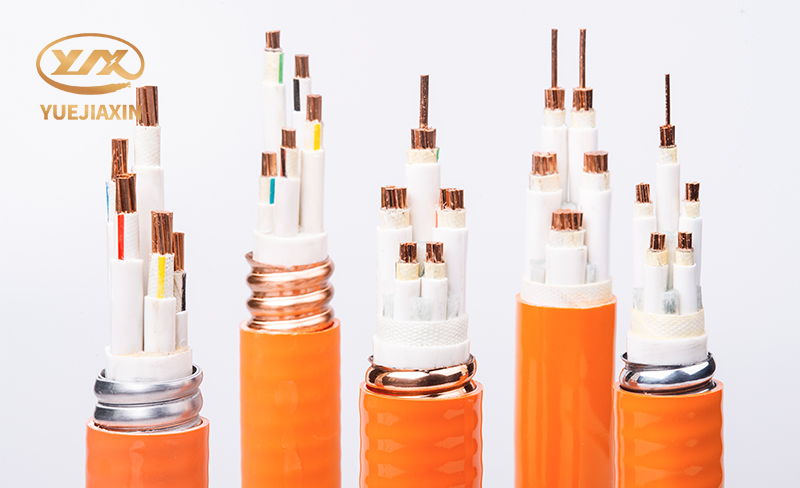
When choosing cables, consider not just price but actual needs and budget. For ordinary home renovations or general office spaces, standard cables are fully sufficient. There's no need to pursue high performance by opting for expensive, fire-resistant cables, which can lead to unnecessary cost waste. However, for critical projects involving fire safety and personnel security, fire-resistant cables must be prioritized to ensure stable power system operation in emergencies, providing a solid safeguard for life and property.

